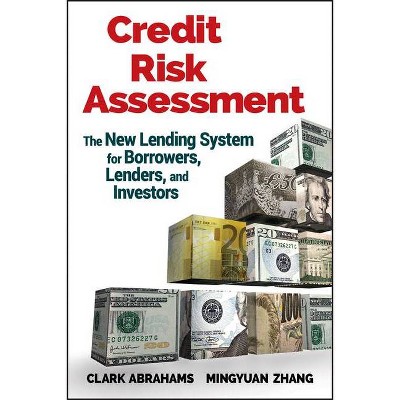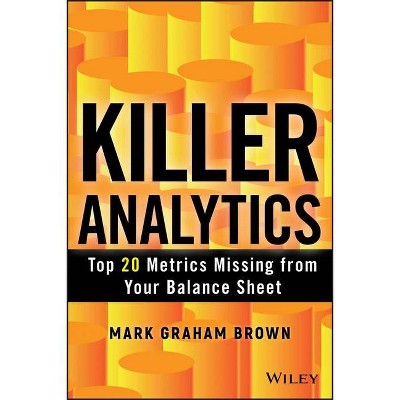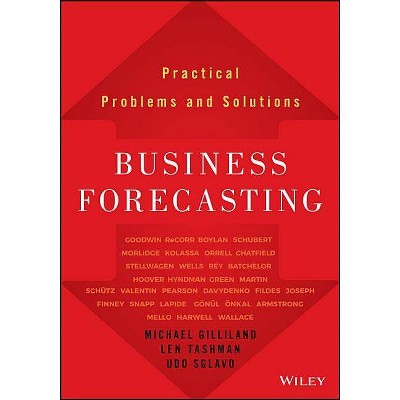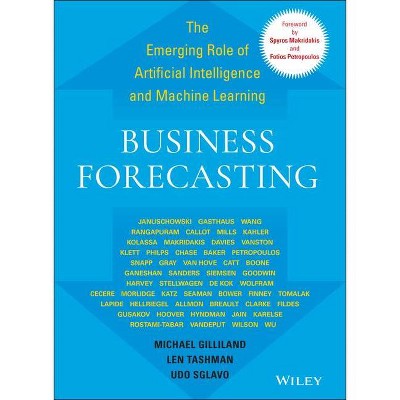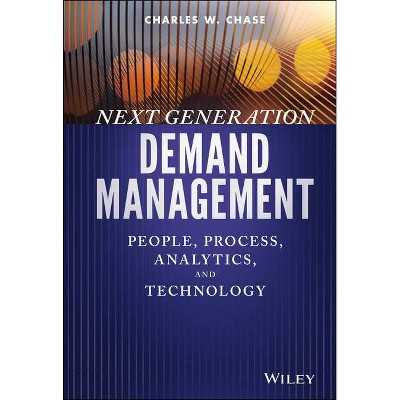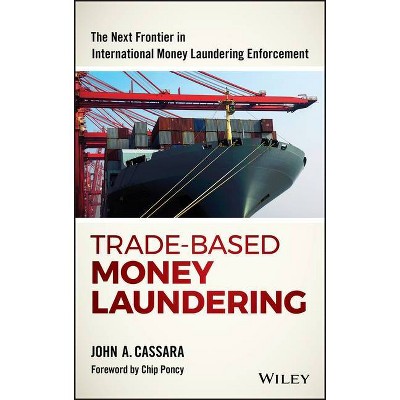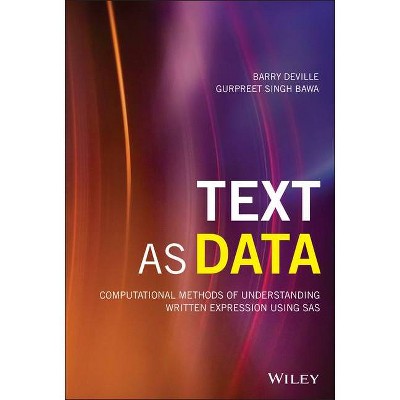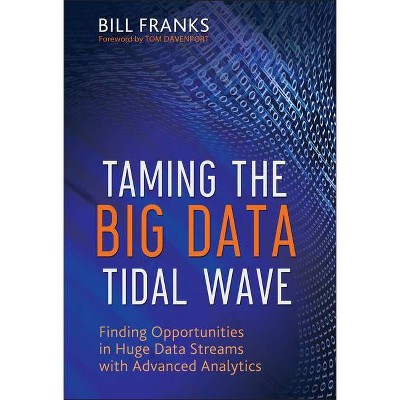Intelligent Credit Scoring - (Wiley and SAS Business) 2nd Edition by Naeem Siddiqi (Hardcover)
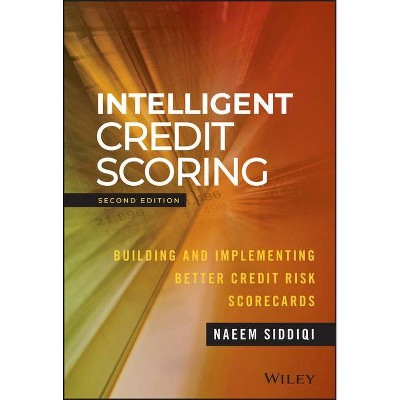
Similar Products
Products of same category from the store
AllProduct info
<p/><br></br><p><b> Book Synopsis </b></p></br></br><b>A better development and implementation framework for credit risk scorecards</b> <p><i>Intelligent Credit Scoring</i> presents a business-oriented process for the development and implementation of risk prediction scorecards. The credit scorecard is a powerful tool for measuring the risk of individual borrowers, gauging overall risk exposure and developing analytically driven, risk-adjusted strategies for existing customers. In the past 10 years, hundreds of banks worldwide have brought the process of developing credit scoring models in-house, while 'credit scores' have become a frequent topic of conversation in many countries where bureau scores are used broadly. In the United States, the 'FICO' and 'Vantage' scores continue to be discussed by borrowers hoping to get a better deal from the banks. While knowledge of the statistical processes around building credit scorecards is common, the business context and intelligence that allows you to build better, more robust, and ultimately more intelligent, scorecards is not. As the follow-up to <i>Credit Risk Scorecards</i>, this updated second edition includes new detailed examples, new real-world stories, new diagrams, deeper discussion on topics including WOE curves, the latest trends that expand scorecard functionality and new in-depth analyses in every chapter. Expanded coverage includes new chapters on defining infrastructure for in-house credit scoring, validation, governance, and Big Data. <p>Black box scorecard development by isolated teams has resulted in statistically valid, but operationally unacceptable models at times. This book shows you how various personas in a financial institution can work together to create more intelligent scorecards, to avoid disasters, and facilitate better decision making. Key items discussed include: <ul> <li>Following a clear step by step framework for development, implementation, and beyond</li> <li>Lots of real life tips and hints on how to detect and fix data issues</li> <li>How to realise bigger ROI from credit scoring using internal resources</li> <li>Explore new trends and advances to get more out of the scorecard</li> </ul> <p>Credit scoring is now a very common tool used by banks, Telcos, and others around the world for loan origination, decisioning, credit limit management, collections management, cross selling, and many other decisions. <i>Intelligent Credit Scoring</i> helps you organise resources, streamline processes, and build more intelligent scorecards that will help achieve better results.<p/><br></br><p><b> From the Back Cover </b></p></br></br><p>In-house scorecard development is not only a rapidly growing trend, it is also faster and less expensive, and enables companies to create better-performing scorecards by applying firsthand knowledge of internal data and business insights. <i>Intelligent Credit Scoring</i> takes you beyond the technical part of building scorecards and shows you how to apply business intelligence to the process in order to solve business problems. <p>This extensively updated and expanded <i>Second Edition</i> incorporates the latest best practices and advances into its flexible framework for end-to-end development and implementation of risk-prediction scorecards. Specifically written for heads of risk modeling, credit risk managers, scorecard developers, and CROs operating in the real world, this highly practical guide features new cases and fresh voices from a variety of companies all over the world, diagrams and up-to-date examples of binning and bias detection using Weight of Evidence (WoE) curves, and more in-depth analysis in every chapter. By taking a business-oriented approach to the scorecard, a variety of people throughout the financial institution can contribute their insights to generate a dependable, customized tool for accurate risk avoidance and enhanced decision making. One of the most powerful features of this framework is the risk profile, which integrates predictive variables into the scorecard in order to replicate the thought processes of skilled risk adjudicators. In addition to optimizing your bottom line, the framework is also designed to produce scorecards in full compliance with Basel II requirements. If you still keep the first edition on hand for everyday practice, this revised edition will quickly take its place for providing: <ul> <li>A behind-the-scenes look at how the end-to-end process plays out in the real world using sample data</li> <li>All-new coverage on producing an end-to-end infrastructure for scorecard development, governance, and integration</li> <li>Detailed coverage of how to validate and manage vendor-built scorecards</li> </ul> <p><i>Intelligent Credit Scoring, Second Edition</i> is your one-stop solution for maximizing your intelligent resources, streamlining processes, and building smarter scorecards for achieving business results.<p/><br></br><p><b> About the Author </b></p></br></br><p><b>NAEEM SIDDIQI</b> is the Director of Credit Scoring and Decisioning with SAS<sup>(R)</sup> Institute. He has more than twenty years of experience in credit risk management, both as a consultant and as a user at financial institutions. He played a key role in developing SAS<sup>(R)</sup> Credit Scoring and continues to provide worldwide support for the initiative.
Price History
Price Archive shows prices from various stores, lets you see history and find the cheapest. There is no actual sale on the website. For all support, inquiry and suggestion messages communication@pricearchive.us
